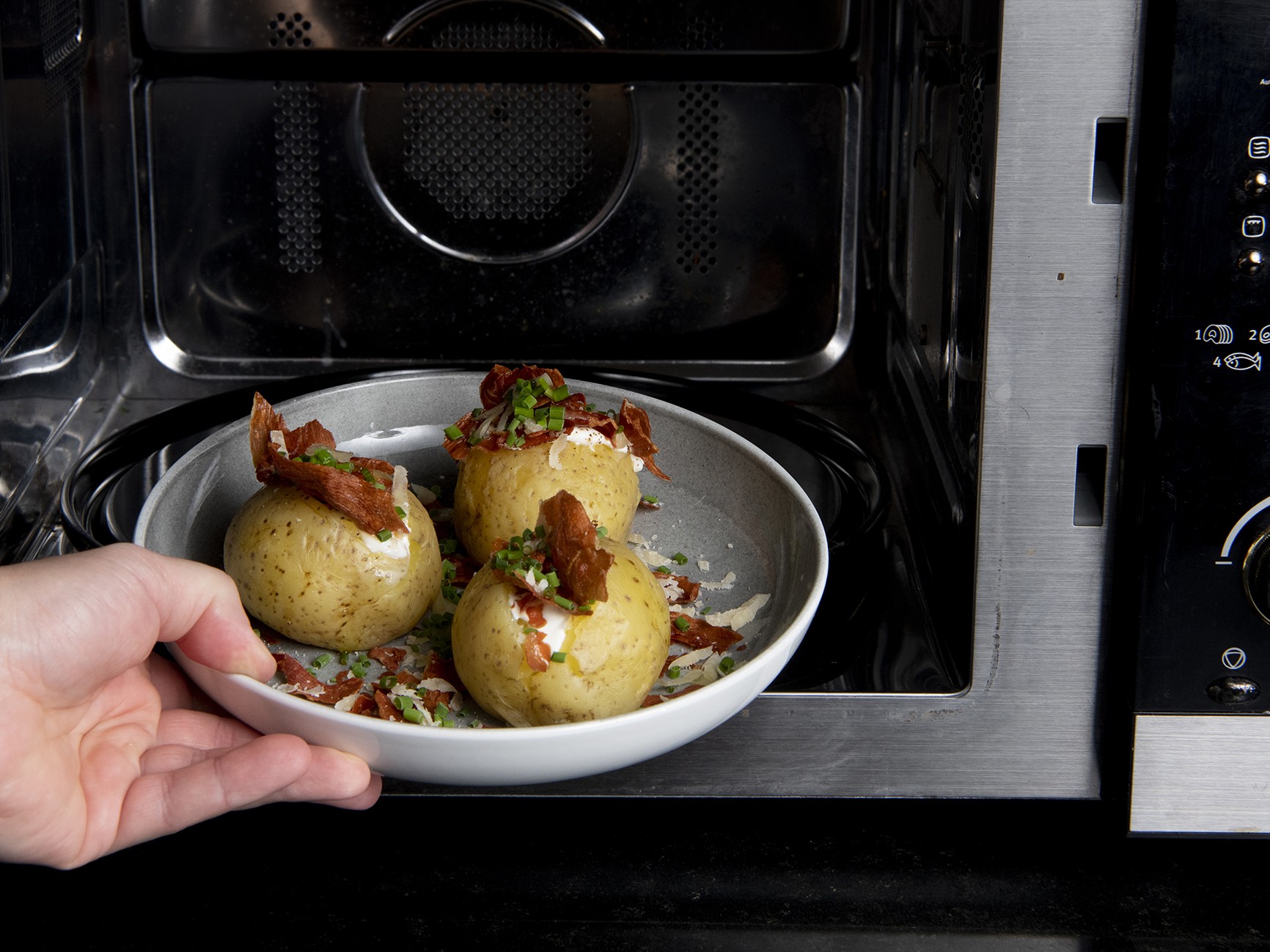Many Europeans lack knowledge of proper microwave use
Despite the fact that the microwave is a natural fixture in many modern kitchens, it seems that there are very few people who use it for more than a few basic tasks. In an informal online survey among 600 Europeans, the majority said they use the microwave mostly to reheat food leftovers and to thaw frozen food. Some also use it to heat milk and ready-made dishes. However, this kitchen fixture has a far greater potential. An increasing number of products in microwave-safe packaging are being introduced to the market. For example, the market for ready-made dishes is largely based on providing the ability to heat the dish in the microwave, and many different products of this kind are now available. However, anyone who swears by cooking meals from scratch can also find the microwave to be a good partner in the kitchen. Full blast Following the instructions on the pack may sound obvious, but in fact the survey revealed that most people use the microwave at maximum effect just about every time they use it. This is one of the typical mistakes people make when cooking food in the microwave, says food researcher Dagbjørn Skipnes at Nofima. “Overcooked food doesn’t taste good, no matter what kind of oven you use. No one uses a regular stove oven on maximum heat all the time. That’s how you should think about the microwave too – different food requires different heat levels and cooking times to turn out the way it should. The power setting should be adjusted according to the type of food you are preparing in order to preserve the nutrients and proper consistency of the dish,” says Skipnes. If you are defrosting food, you should thaw it on low power, around 250 W, and be patient. If you are heating meat or fish, the advice is to use medium heat, such as 400–500 W for five minutes, rather than maximum power for two and a half minutes. Should you worry about any negative health effects? When the microwave arrived on the domestic market, there was a lot of debate concerning the radiation hazard, or risk of microwave energy leakage. When asked if they are worried that food cooked in a microwave oven is harmful for your health, most of the respondents said no. A small number was a little bit concerned, but it did not seem to affect how much they used the microwave. According to microwave scientist Birgitta Raaholt at RISE, this is rarely a subject for discussion anymore, as the microwaves are locked inside the oven and are only activated during the actual operation. “Using a microwave oven is harmless. When the oven is turned off, the microwave fields are also completely switched off. They help heat the food, and nothing else. The frequency used when heating food with microwaves is non-ionising, which among other things means no residual microwaves remain in the food when the oven is switched off," says Raaholt. Microwaves for improving food production As part of the EU-funded research project InProVe European scientists are working together to improve several food technologies, including microwave technology, to make potato and vegetable production more sustainable. At RISE in Sweden, scientists are using a specially-built microwave tunnel which will be able to inactivate bacteria with a combination of microwaves and pressure. They are currently running experiments involving root vegetable soup. Similar experiments are also carried out at Nofima in Norway. The aim of the research is to save time and electricity during production, while giving the food longer shelf life and allowing for better preservation of nutrients. The research project is funded by the ERA-net programme Susfood2 and is a joint collaboration between the research institutes Nofima, RISE, ILVO, Ankara University, and Mondragon University, of Norway, Sweden, Belgium, Turkey and Spain respectively.



